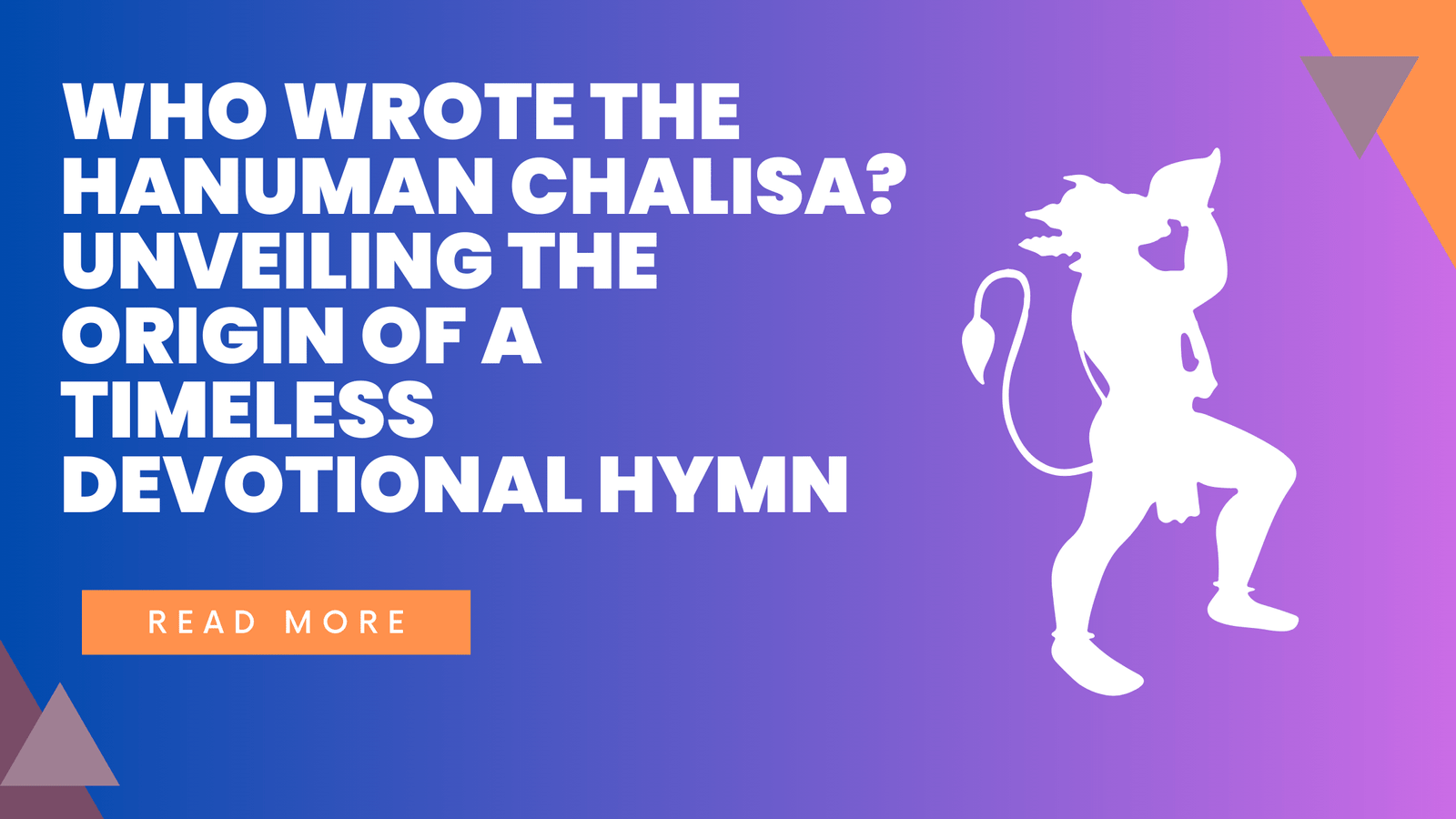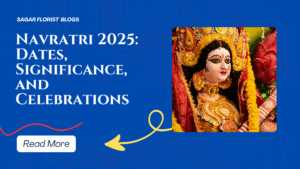Who Wrote the Hanuman Chalisa? Unveiling the Origin of a Timeless Devotional Hymn
The Hanuman Chalisa is one of the most widely recited and cherished devotional hymns in Hinduism, sung by millions around the world to invoke the blessings and strength of Lord Hanuman. This powerful prayer consists of 40 verses (hence the name “Chalisa”, derived from the number 40) and is dedicated to Lord Hanuman, the monkey god who is revered for his strength, devotion, courage, and wisdom.
But who was the genius behind the writing of this profound hymn? Let’s explore the story of its origin, the life of its composer, and the deep meaning embedded in the verses of the Hanuman Chalisa.
1. The Composer: Tulsidas – The Saint and Poet
The Hanuman Chalisa was written by Tulsidas, one of the most respected and renowned saints and poets in Indian history. Tulsidas was a 16th-century poet-saint, deeply devoted to Lord Rama, and is best known for composing the epic Ramcharitmanas, a retelling of the story of Lord Rama in Hindi. His devotion to Lord Rama was reflected in his writings, which have had a profound influence on the religious and cultural landscape of India.
A Glimpse into Tulsidas’ Life
- Birth and Early Life: Tulsidas was born in 1532 in Rajpur, near Varanasi, in Uttar Pradesh, India. According to popular legend, Tulsidas was an incarnation of Valmiki, the original author of the Ramayana. His devotion to Lord Rama and Hanuman began early in his life.
- Devotion and Inspiration: It is said that Tulsidas experienced a deep spiritual awakening after a life-changing event, where he vowed to dedicate his life to the worship and praise of Lord Rama. His devotion to Lord Hanuman was also profound, and this led him to compose the Hanuman Chalisa, which is considered one of the greatest works of bhakti poetry.
2. The Creation of the Hanuman Chalisa
The Hanuman Chalisa is believed to have been composed by Tulsidas in the 16th century as a way to express his intense devotion to Lord Hanuman and seek his blessings for strength, wisdom, and protection. The Chalisa is structured as 40 verses, each praising Lord Hanuman’s various qualities and recounting his heroic deeds, including his role in helping Lord Rama defeat the demon king Ravana.
Purpose of the Hanuman Chalisa
- The Hanuman Chalisa is not just a prayer; it’s also a spiritual tool. Tulsidas wrote it with the intent to help people connect with Hanuman’s divine energy and qualities. By reciting these 40 verses, devotees seek protection from harm, removal of obstacles, strength to overcome difficulties, and the removal of doubts and fears.
- Symbol of Devotion and Faith: The beauty of the Hanuman Chalisa lies in its simplicity. Tulsidas composed it in chaste, simple Hindi, making it accessible to people from all walks of life. Its widespread appeal can be attributed to the fact that it speaks directly to the heart, bypassing intellectual barriers, and invoking pure devotion.
3. The Meaning Behind the Hanuman Chalisa
Each verse of the Hanuman Chalisa is a prayer to Lord Hanuman, describing his incredible powers, virtues, and acts of devotion. Let’s look at some of the key themes in the hymn:
1. Praise of Hanuman’s Strength and Courage
- Lord Hanuman is revered for his immense physical strength and courage. The Hanuman Chalisa begins by acknowledging these qualities, describing Hanuman as a mighty warrior who could lift mountains and defeat the strongest foes.
2. Hanuman as the Devotee of Lord Rama
- One of the central themes of the Hanuman Chalisa is Hanuman’s unwavering devotion to Lord Rama. The Chalisa emphasizes Hanuman’s role as the ideal devotee—selfless, loyal, and dedicated to serving his lord. The verses celebrate Hanuman’s devotion as a model for all to follow.
3. Removal of Obstacles and Protection from Harm
- The Hanuman Chalisa is often recited to remove obstacles and provide protection from negative forces. Hanuman’s protective nature is a recurring theme in the hymn, and many devotees recite the Chalisa for strength during difficult times.
4. Spiritual and Material Benefits
- The Hanuman Chalisa is believed to bring both material benefits and spiritual growth. Devotees believe that reciting the Chalisa regularly can bring prosperity, health, peace of mind, and a deeper connection to the divine.
4. Why Is the Hanuman Chalisa So Popular?
The Hanuman Chalisa has an enduring appeal for several reasons, making it one of the most widely recited devotional hymns in the world:
1. Accessibility and Simplicity
- As mentioned earlier, Tulsidas wrote the Hanuman Chalisa in simple Hindi, making it accessible to people from all social backgrounds. The hymn is easy to recite, and its verses are deeply spiritual, yet easy to understand.
2. Emotional and Spiritual Resonance
- The Hanuman Chalisa resonates deeply with the emotions of its listeners and reciters. Hanuman’s qualities—his strength, humility, devotion, and bravery—are qualities that everyone can admire and aspire to. The prayer evokes a sense of hope and divine protection, especially in times of difficulty.
3. The Divine Power of Hanuman
- The devotion and power of Lord Hanuman have a unique appeal to people seeking protection and blessings. Hanuman is not just a god of strength but a remover of obstacles, a healer, and a protector. This universality makes the Hanuman Chalisa relevant to people from all walks of life.
4. Global Reach
- While the Hanuman Chalisa has its roots in India, it is now recited by devotees around the world. The hymn is not only popular in Hindu communities but also among people of different spiritual traditions who admire Hanuman’s qualities of selfless devotion and strength.
5. The Hanuman Chalisa in Daily Life
Many devotees recite the Hanuman Chalisa as a daily spiritual practice. The hymn is recited during prayers, pujas, or times of personal difficulty. It is believed that chanting the Hanuman Chalisa can:
- Bring peace: The calm and rhythm of chanting the verses can have a soothing effect on the mind.
- Attract divine protection: Many devotees believe that Hanuman’s blessings offer protection from physical and spiritual harm.
- Instill strength: The verses inspire courage and resilience in times of adversity.
Conclusion: The Legacy of Tulsidas and the Hanuman Chalisa
Tulsidas, through his devotion and poetic brilliance, gifted the world the Hanuman Chalisa, a hymn that continues to resonate deeply with millions of people. The Hanuman Chalisa stands as a timeless symbol of devotion, strength, and spiritual connection.
The legacy of Tulsidas lives on through this powerful prayer, which continues to inspire and uplift people across the world. By chanting the Hanuman Chalisa, devotees tap into the divine strength and grace of Lord Hanuman, drawing closer to the light of protection, wisdom, and courage.
Would you like to explore more about Lord Hanuman’s life or dive into other famous hymns in Hinduism? Let me know!






